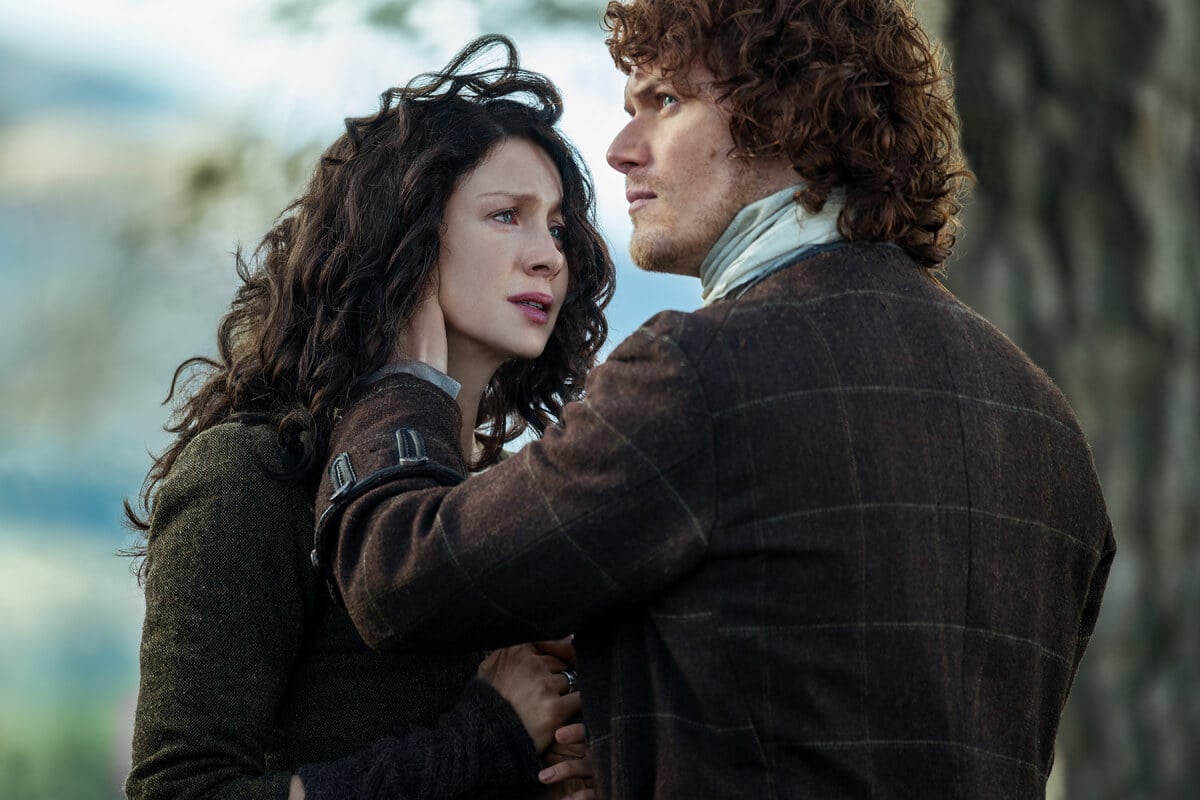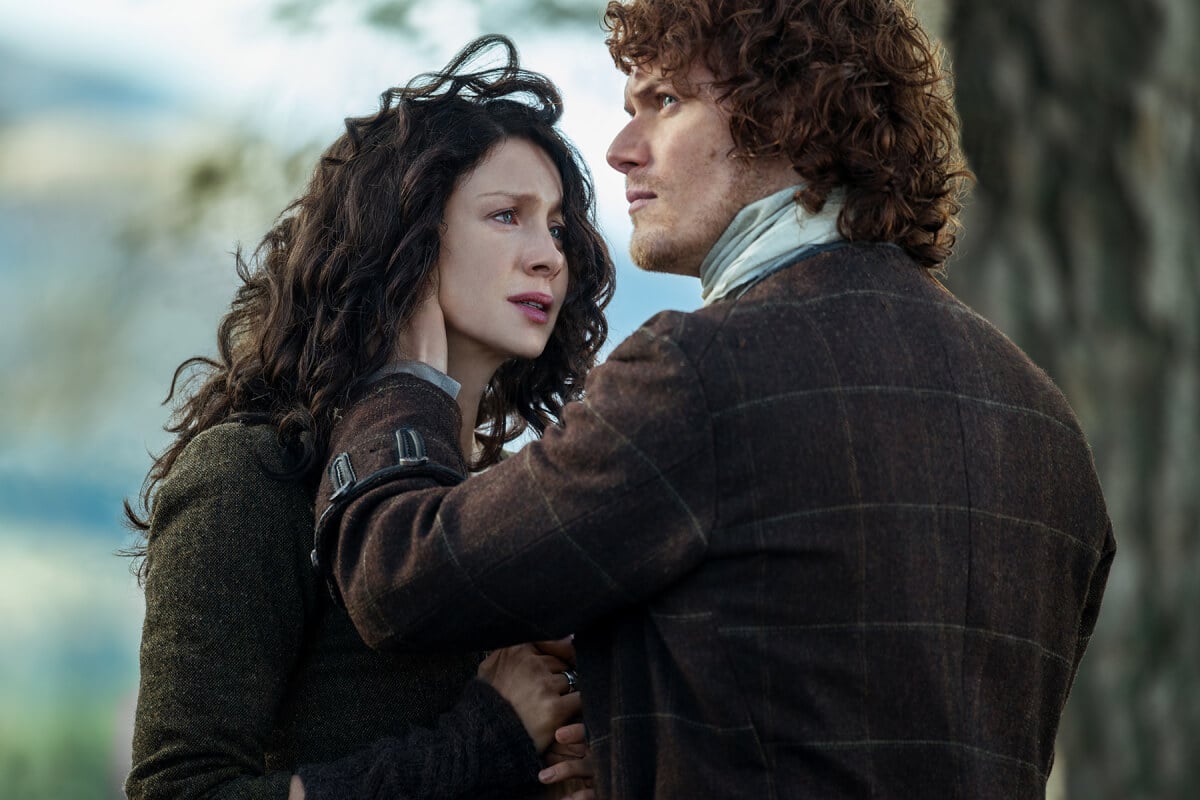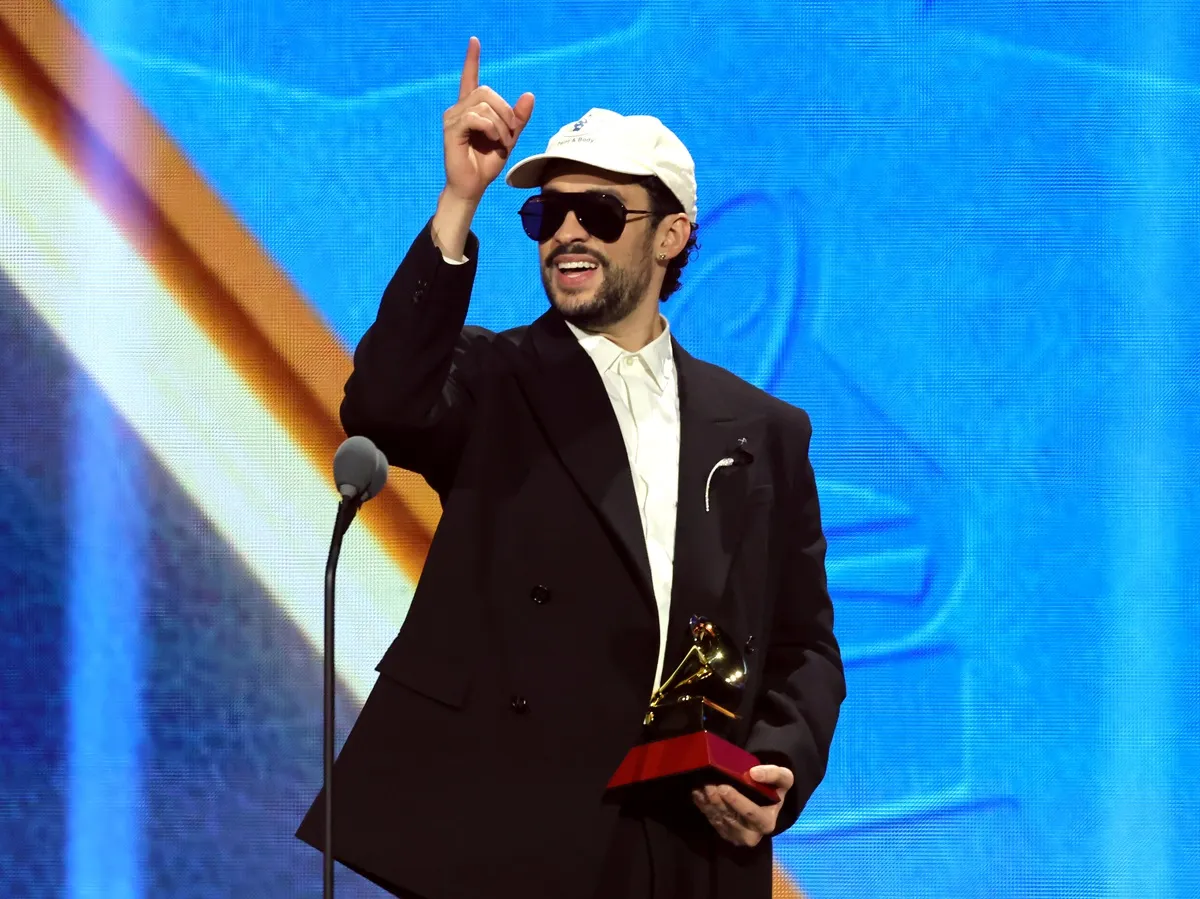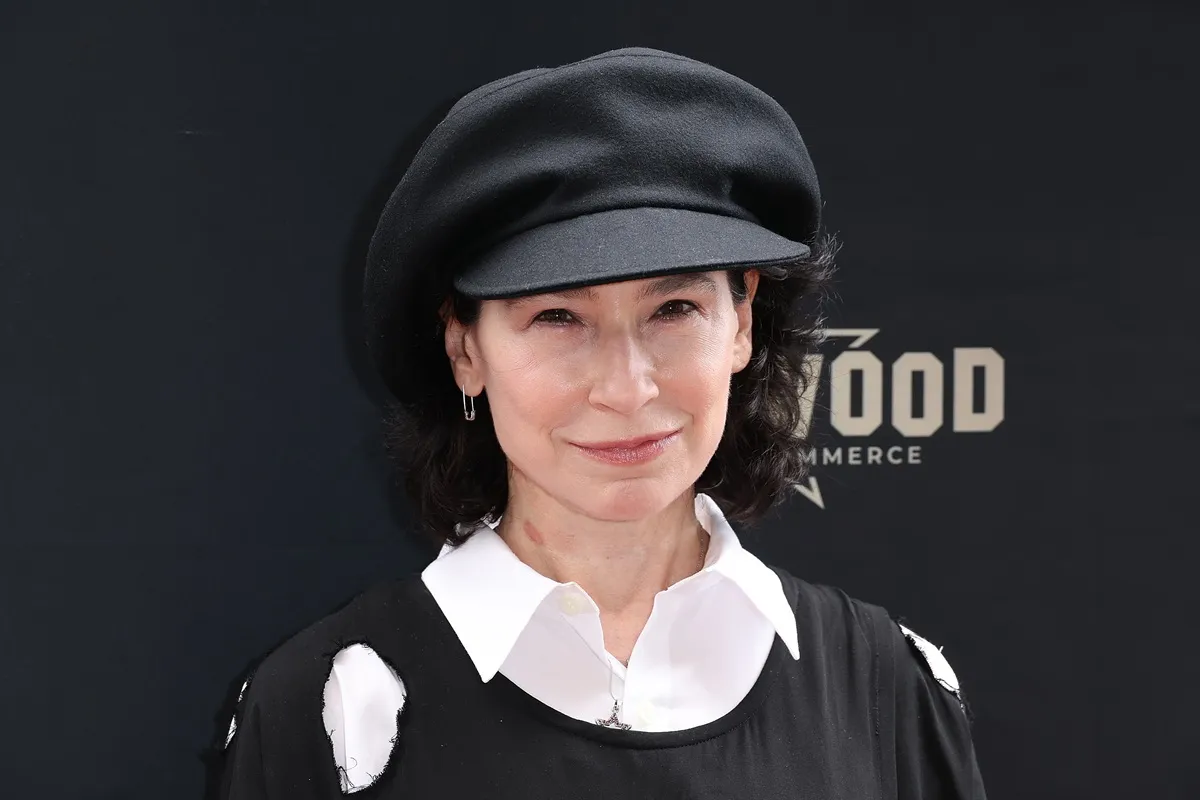
5 Times ‘Outlander’ Wasn’t Exactly Historically Accurate
Outlander is a work of historical fiction infused with time travel between the 20th and 18th centuries. Series author Diana Gabaldon is a former college professor with a love of research who made it a point to include historically accurate material in her literary fantasy series. But, with nine novels published so far — plus six seasons on TV — there’s bound to be some mistakes. Here are five times Outlander wasn’t exactly historically accurate.

5. Claire Fraser and Geillis Duncan’s trial for witchcraft in ‘Outlander’ was out of date
The last witch trial in Scotland took place in 1722, according to The History Press. But when Claire Fraser (Caitriona Balfe) and her friend Gaeillis Duncan go on trial for witchcraft in Gabaldon’s first book, it’s 1743. This inaccuracy was actually done on purpose because Gabaldon wanted to have a witch trial in the story.
“So I was telling my husband that I’d really like a witch trial, but it doesn’t fit. He looked at me and said, ‘You start right off with a book in which you expect people to believe that Stonehenge is a time machine, and you’re worried that your witches are 20 years too late?’” Gabaldon told National Geographic.
“So I did stretch that point. I figured that possibly this witch trial was an ad hoc affair that didn’t make it into the record. That’s the only place where I can remember I deliberately moved something that I knew was not quite there.”
4. The Old Fox was not Jamie Fraser’s grandfather
Clan Fraser of Lovat is very real, and the person Jamie (Sam Heughan) meets in season 2 known as the “Old Fox” was also real. However, there is no one named Jamie Fraser in his list of descendants.
“Simon, Lord Lovat, a.k.a. ‘The Old Fox,’ was certainly a real person, and a very colorful one, too,” Gabaldon wrote on her website. “I made no alterations to his life or persona, save for grafting an illegitimate and totally fictional branch onto his family tree by making him Jamie Fraser’s grandfather. Given Old Simon’s persona as recorded, attributing an illegitimate son to him would in no way be character assassination.”
3. The Fraser tartan in ‘Outlander’ features the wrong colors
One of the most accurate parts of Outlander is the clans of Scotland, a complex system of loyalty. Jamie Fraser is part of Clan Fraser and Clan MacKenzie, and Gabaldon says the clan system was “very tribal.”
“It was composed of extensive family units, and as it grew larger, the clans became political entities,” Gabaldon said. “And you didn’t have to be born to a clan, you could come in and swear allegiance to your clan chief.”
But, one of the most glaring inaccuracies in Outlander is the Fraser Tartan. There were actually two Clan Frasers, one from the Highlands and one from the Lowlands. Jamie’s clan was from the highlands, who traditionally wear bold red and green kilts. However, on the TV show their tartan colors are a drab gray and blue. According to the costume designer, there is a school of thought that believes those bold colors weren’t accurate to the 18th century due to vibrant dyes being expensive at the time.
On the other hand, the sets and costumes are sometimes created based on what looks amazing on screen instead of what’s historically accurate. This is definitely the case for the set at River Run, as well as the French costumes and Claire’s amazing red dress in Paris and the native American costumes in North Carolina.
2. The Jamie Fraser character was not based on a real person
Outlander has featured real events and historical figures like Bonnie Prince Charles, King Louis XV, and George Washington. However, the Jamie Fraser character was not based on a real person. Instead, Gabaldon took elements from her research to create a unique character as the male lead of her story.
The name came from an old episode of Dr. Who, and his fate at the Battle of Culloden came from a book titled The Prince in the Heather.
“It said that, following the battle, 19 wounded Jacobite officers took refuge in the farmhouse by the side of the field. There they lay for two days with their wounds, unattended in pain. At the end of that time they were taken out and shot, except one man, a Fraser of the Master of Lovet’s regiment, who survived the slaughter. And I was thinking that if I expect Jamie to survive Culloden then his last name better be Fraser,” Gabaldon told Parade.
The season 3 story of Jamie taking refuge in a cave in the woods and becoming known as the “Dunbonnet” was also based on a real person who was actually named Jamie Fraser. But, that’s the only connection between the character and his real-life inspiration.
1. The Craigh Na Dun stone circle in ‘Outlander’ doesn’t exist
Of course, we know that magic time-traveling stones aren’t historically accurate! However, the stone circle known as Craigh Na Dun that fans see on TV isn’t even a real place. Gabaldon found inspiration from ancient sites around Scotland, and the look of the standing stones created for the Outlander set was based on the real-life Callanish Stones on the Isle of Harris.
“All the [research] texts speculate that nobody knows what the actual function of these stone circles was. And so I began thinking, ‘Well, I bet I can think of one,’” Gabaldon said.
Outlander Season 7 premieres this summer on Starz.


